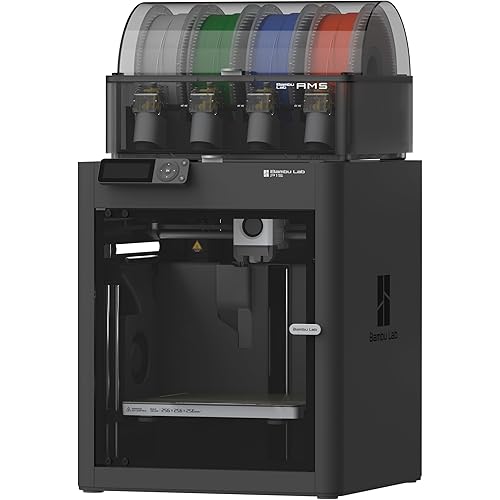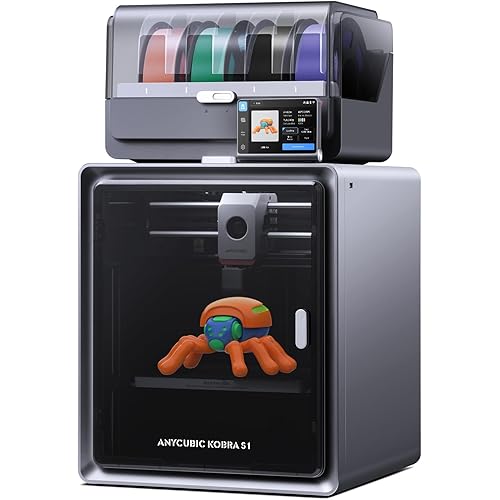ELEGOO Mars 2 Mono MSLA 3D Printer UV Photocuring LCD Resin 3D Printer with 6.08 inch 2K Monochrome LCD, Printing Size 129x80x150mm/5.1x3.1x5.9inch, Green Cover








Notify me when this product is back in stock
Buy Now, Pay Later
- – 6-month term
- – No impact on credit
- – Instant approval decision
- – Secure and straightforward checkout
Payment plans are offered through our trusted finance partners Klarna, Affirm, Afterpay, Apple Pay, and PayTomorrow. No-credit-needed leasing options through Acima may also be available at checkout.
Learn more about financing & leasing here.
Selected Option
This item is eligible for return within 30 days of receipt
To qualify for a full refund, items must be returned in their original, unused condition. If an item is returned in a used, damaged, or materially different state, you may be granted a partial refund.
To initiate a return, please visit our Returns Center.
View our full returns policy here.
Recently Viewed
Style: Mars 2
Features
- Fast Printing and less maintenanceMars 2 comes with a 6.08 inch monochrome LCD of 2K HD resolution and only takes 2 seconds per layer exposure to cure resin, which could significantly enhance your printing efficiency. Mono LCD has a much longer lifespan and stable performance during long term printing, thus saves your cost.
- Outstanding prints and ultra accuracyBrand new light source structure provides more even UV light emission and working together with 2K mono LCD, the printing details and precision are greatly improved and the 3D printed models are fascinating.
- Sturdy build qualityCNC machined aluminum body makes Mars 2 a very formidable machine. Newly-designed build plate has a much stronger adherence during printing and enables consistent printing success.
- Multi language interfaceMars 2 now supports 12 kinds of languages so customers across the world could operate the 3D printer more conveniently without barriers. The newly added 10 languages are Japanese, Dutch, Korean, French, German, Russian, Italian, Spanish, Turkish and Portuguese.
- Warranty and ServiceWe provide a 1-year warranty on the whole printer and 6-month warranty for the 2K LCD (FEP film is excluded). And we provide 24 hours customer service.
Product Dimensions: 150 x 129 x 80 inches
Item Weight: 16.46 pounds
Is Discontinued By Manufacturer: No
Date First Available: November 1, 2018
Manufacturer: ELEGOO
Country of Origin: China
Frequently asked questions
To initiate a return, please visit our Returns Center.
View our full returns policy here.
- Klarna Financing
- Affirm Pay in 4
- Affirm Financing
- Afterpay Financing
- PayTomorrow Financing
- Financing through Apple Pay
Learn more about financing & leasing here.
Similar Products
Top Amazon Reviews




































